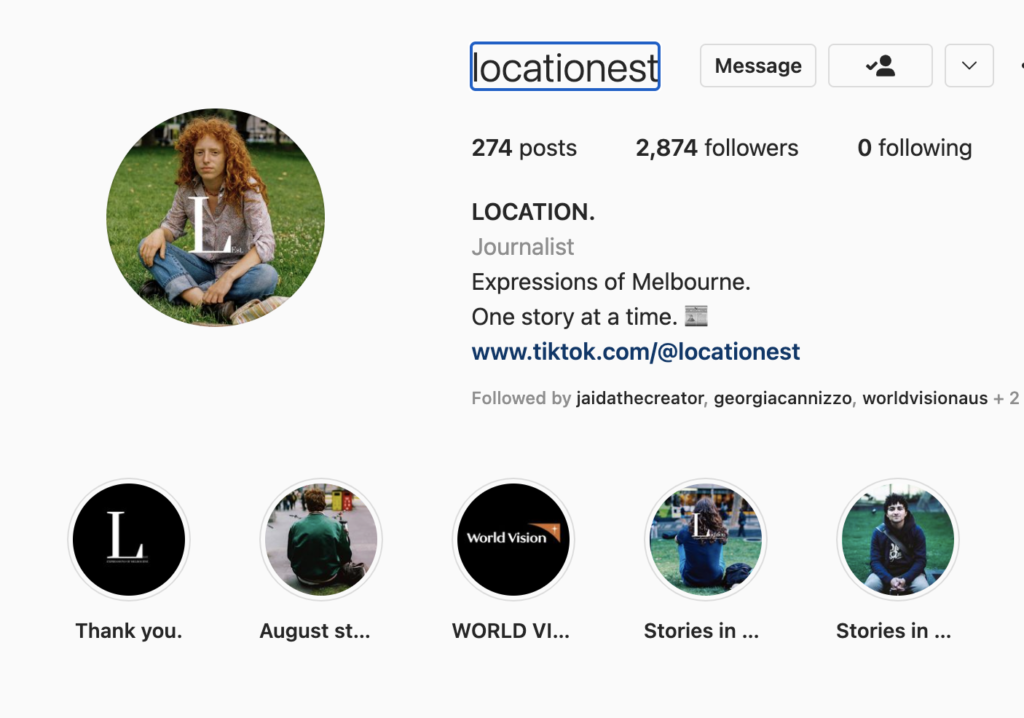Creative non-fiction is a genre that uses literary or artistic styles and techniques to tell factual stories. It includes written styles like memoirs, personal essays, literary journals, documentaries, biographies, and non-fiction poetry. Telling factual stories creatively are a great way to be engaging, bold and different with news stories.
The world has moved away from traditional forms of media and the way we typically would inform people of world events and the news has changed.
As more and more people engage with journalism in an online format, there becomes more scope to make your work interesting and engaging in different ways.
Used with purpose techniques like narration, detailed observations, simile, metaphor, and motif are effective ways to tell “news stories” creatively. Giving detailed observations of what’s going on in the story you’re trying to tell; “sets the scene” and conveys another element or approach to your typical news story. The best examples of journalism today are written and composed in this way.
Some examples of creative non-fiction:
- Incarceration Nation – Documentary Film NITV
- In Cold Blood – Truman Capotes’ story about a murdered family in Holcomb, Kansas.
Giving your articles flair and difference gives you a leg up when working in a newsroom. People want you to be unique as well as the way that we interpret information has changed. Due to more and more people being online, our attention spans are getting shorter, and we prefer to have a tailored, personal experience of things. Rather than something generic.
Techniques like video and audio composition are great ways to tell a story whilst implementing creative elements like background audio. For example, waves crashing, the sound of trams going down a busy Melbourne street, or a football crowd during a game.
‘Locationest’ do incredible snapshots of peoples stories that live in Melbourne. They often capture unique Melbourne sounds of trams, seagulls and busy streets that are present in the background. They interview people about their life and things they may have gone through, sometimes dealing with some heavy topics.
An interesting thing that Locationest do is record the person speaking but do not usually show their face, instead the video is footage of where they are in the Melbourne CBD. It’s a really simple, yet creative way to get a snapshot into a story and “set the scene” at the same time.

Throughout my degree, I have come to learn what styles of creative non-fiction I prefer and like. A great digital tool to use is scrollytelly templates like Shorthand or ABC’s Storylab. As this can incorporate all forms of media into one.
For example this story from the ABC- “From Gympie to Grafton- see flood devastation from the air”.
This semester has taught me to be open to using different programs and to practice my skills in being a little bit more creative, thinking outside the box as well as teaching myself the skills to use different applications and programs that make my work better.
